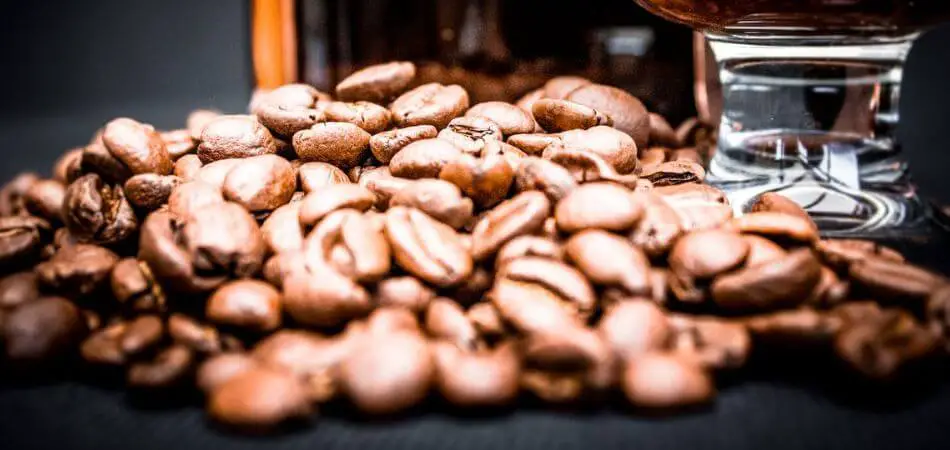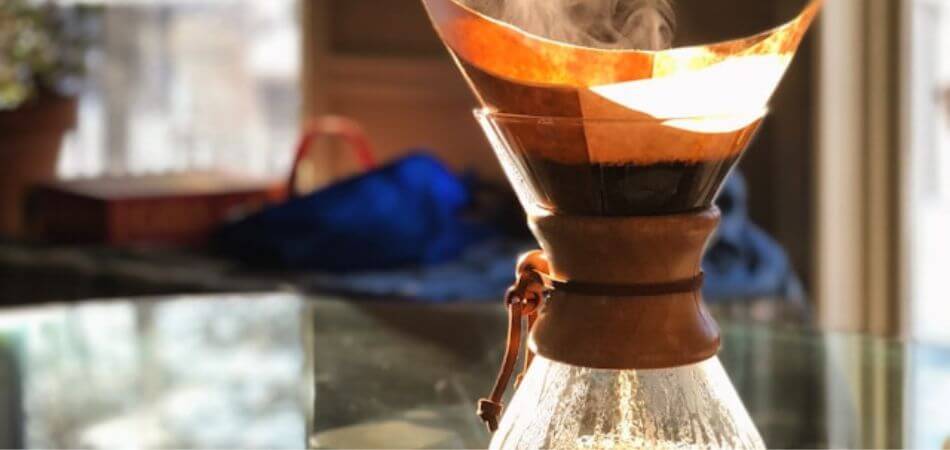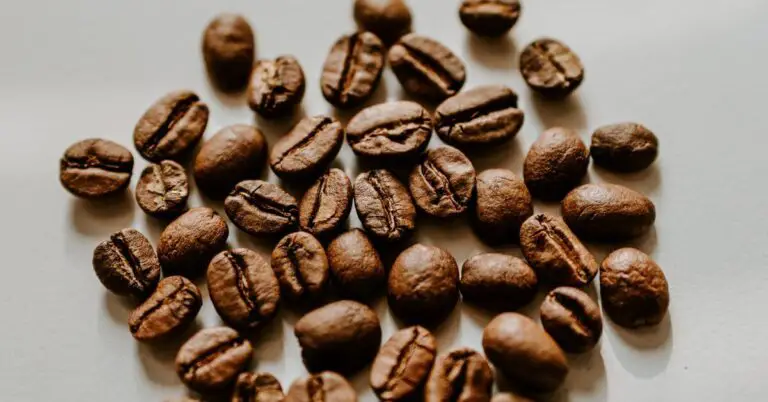How to Roast Coffee Beans in Oven Like a Pro
Ever dreamed of brewing coffee so fresh it rivals your favorite artisan roaster? The secret isn’t a fancy machine—it’s your oven. Roasting coffee beans at home unlocks bold, customized flavors while saving money. Plus, it’s easier than you think!
In this guide, you’ll learn:
✅ Why home roasting beats store-bought coffee
✅ Step-by-step oven roasting (no special gear needed)
✅ Pro tips for perfect light, medium, or dark roasts
✅ How to store beans for maximum freshness
Whether you’re a coffee newbie or a brewing enthusiast, let’s turn your kitchen into a mini roastery. Ready? Preheat that oven!

Why Roast Coffee Beans at Home?
Before we get into the how, let’s talk about the why. Roasting your own coffee isn’t just a fun experiment—it’s a game-changer for flavor, cost, and customization.
1. Unmatched Freshness
Store-bought coffee loses its peak flavor within weeks of roasting. When you roast at home, you brew beans at their absolute freshest, capturing bright, complex notes that pre-roasted coffee can’t match.
2. Full Control Over Flavor
Do you love fruity, light roasts or bold, smoky dark roasts? Roasting at home lets you:
- Stop at first crack (light roast).
- Go slightly longer for a balanced medium roast.
- Push to second crack for a deep, intense dark roast.
3. Cost Savings
Green (unroasted) coffee beans cost 50–70% less than roasted ones. A pound of high-quality green beans might cost $5–$8, while specialty roasted coffee can run $15–$20. Over time, that’s serious savings!
4. A Rewarding DIY Experience
There’s something magical about hearing the first crack, smelling the caramelization, and finally sipping coffee you created. It’s a skill worth mastering.

What You’ll Need to Roast Coffee in the Oven
You don’t need a fancy setup—just a few basic tools:
Essential Equipment
| Item | Why You Need It |
|---|---|
| Green coffee beans | Unroasted beans are a must! Buy from trusted suppliers like Sweet Maria’s or Burman Coffee. |
| Baking sheet | A standard half-sheet pan works, but a perforated pan improves airflow. |
| Parchment paper | Prevents sticking and makes cleanup easier. |
| Oven mitts | Roasting at 450°F means things get HOT. |
| Wooden spoon | For stirring beans to ensure even roasting. |
| Metal colander | Helps cool beans quickly after roasting. |
Optional (But Helpful) Extras
- Oven thermometer – Many ovens run hotter or cooler than their settings.
- Timer – Precision matters when roasting.
- Heat-resistant gloves – For safer stirring.
Choosing the Right Beans
Not all green coffee beans roast the same. For beginners, I recommend:
- Ethiopian Yirgacheffe (floral, citrusy notes).
- Colombian Supremo (balanced, nutty, chocolatey).
- Brazilian Santos (smooth, low acidity).
Pro Tip: Start with small batches (100–200g) to test roast levels before committing to larger amounts.

Step-by-Step Guide to Roasting Coffee in the Oven
Now, the fun part—let’s roast!
Step 1: Preheat Your Oven
- Set to 450°F (230°C) (use an oven thermometer for accuracy).
- Place the rack in the middle position for even heat distribution.
Step 2: Prepare the Beans
- Spread 100–200g of green beans in a single layer on a parchment-lined baking sheet.
- Avoid overcrowding—beans should have space to expand.
Step 3: Roast the Beans
Here’s what to expect at each stage:
| Stage | Time (Approx.) | What’s Happening | Roast Level |
|---|---|---|---|
| Drying Phase | 0–5 min | Beans turn yellowish, lose moisture. | – |
| First Crack | 8–12 min | Loud “pop” sounds (like popcorn). Beans expand. | Light to Medium Roast |
| Second Crack | 12–18 min | Quieter, faster cracks. Oils emerge. | Dark Roast |
Key Tips:
- Stir every 2–3 minutes for even roasting.
- Listen for cracks—they’re your best indicator of roast level.
- Watch color changes: Light roast = light brown, Dark roast = nearly black with oily sheen.
Step 4: Cool the Beans Immediately
- Transfer beans to a metal colander and stir for 5–10 minutes.
- This stops the roasting process and prevents over-cooking.
Step 5: Rest Before Brewing
- Wait 12–24 hours before grinding.
- Freshly roasted beans release CO2—brewing too soon can result in a sour taste.

Troubleshooting Common Oven Roasting Problems
Even pros run into issues. Here’s how to fix them:
1. Uneven Roasting
- Cause: Hotspots in the oven or not stirring enough.
- Fix: Stir every 2 minutes or use a perforated pan.
2. Beans Too Light or Too Dark
- Too light? Extend roasting time by 1–2 minutes.
- Too dark? Lower temperature to 425°F (220°C) next time.
3. Smoke or Chaff Buildup
- Cause: Chaff (bean skin) burns easily.
- Fix: Use ventilation (open a window, turn on the exhaust fan).
How to Store Your Home-Roasted Coffee
Freshness fades fast—here’s how to preserve flavor:
✅ Airtight container (glass or ceramic).
✅ Keep away from light, heat, and moisture.
✅ Best within 1–2 weeks (peak flavor).
Pro Tip: Freeze green beans for long-term storage, but never freeze roasted beans (condensation ruins flavor).
Final Thoughts: Ready to Roast?
Roasting coffee in your oven is easy, affordable, and rewarding. With a little practice, you’ll be sipping coffee that’s fresher and more flavorful than anything store-bought.
Your Turn:
🔥 Grab some green beans and try it this weekend!
Frequently Asked Questions For How To Roast Coffee Beans In Oven
How Long Does It Take To Roast Coffee Beans In The Oven?
Roasting coffee beans in the oven typically takes around 15 to 20 minutes, depending on the desired roast level.
What Temperature Should I Use To Roast Coffee Beans In The Oven?
For roasting coffee beans in the oven, a temperature of 450°F (232°C) is commonly used to achieve the perfect roast.
Can I Roast Coffee Beans In A Regular Oven?
Yes, you can easily roast coffee beans in a regular oven as long as it can reach and maintain the desired roasting temperature.
How Do I Know When The Coffee Beans Are Roasted Enough?
Determining the level of roast can be done by observing the color and listening for the cracking sounds. Light, medium, and dark roast beans each have unique characteristics.
How do you dry coffee beans in the oven?
To dry coffee beans in the oven, spread them evenly on a baking sheet, and bake at a low temperature (around 200°F or 93°C) for several hours, stirring occasionally. Monitor the beans closely to avoid over-drying. Once they reach the desired moisture content, let them cool before storing them for optimal flavor.







